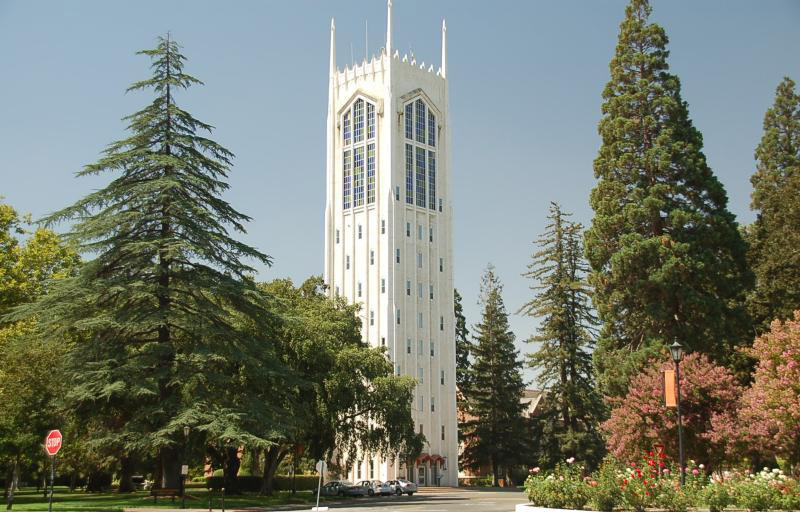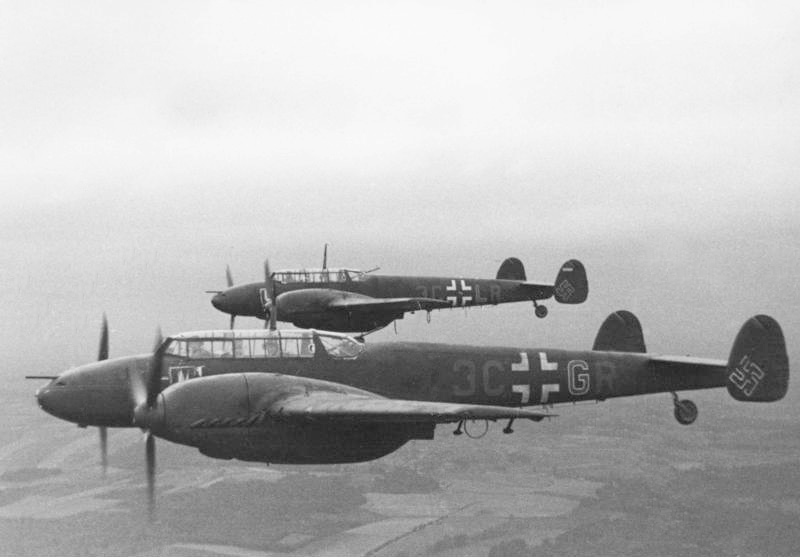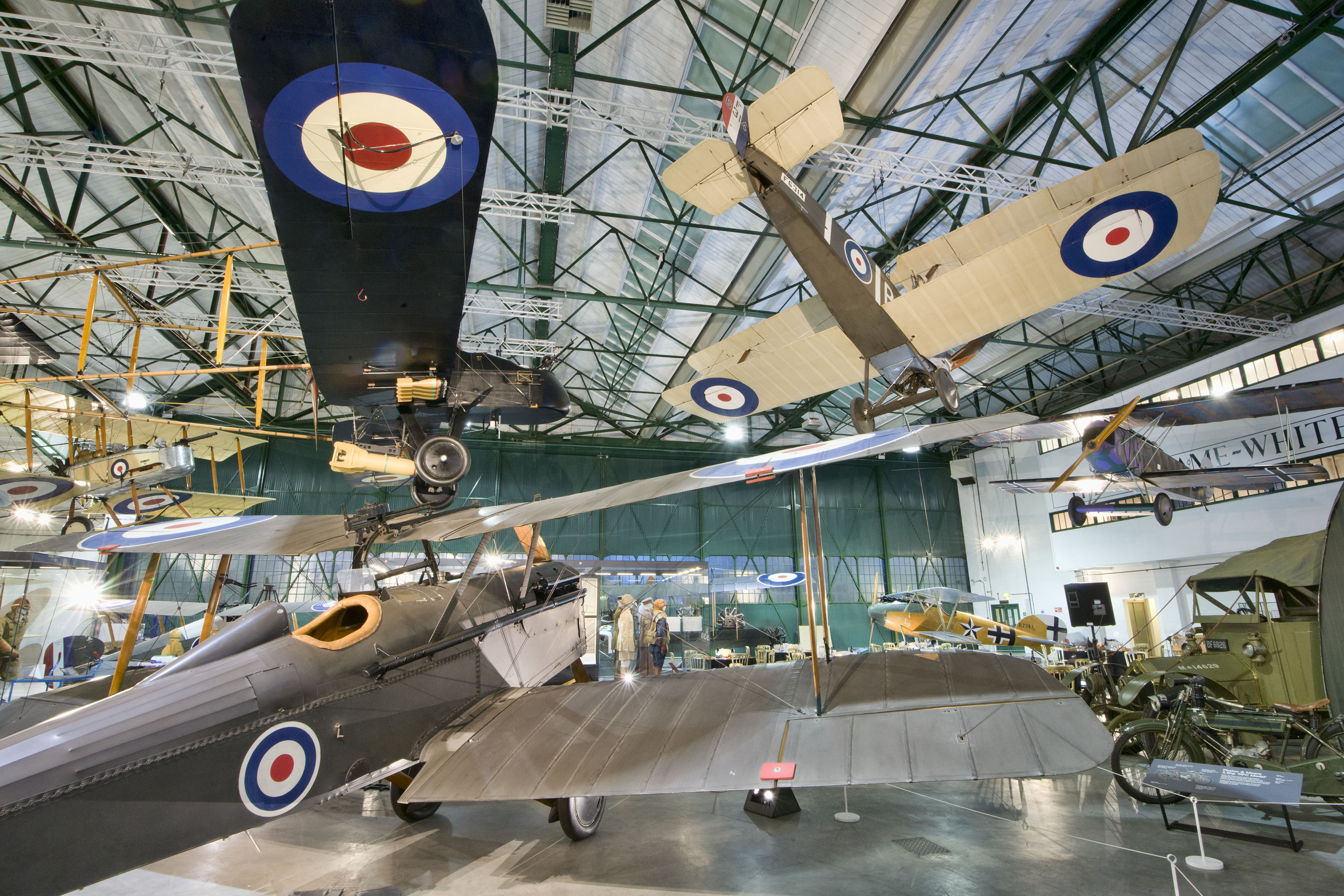|
NJG 3
''Nachtjagdgeschwader'' 3 (NJG 3) was a Luftwaffe night fighter-wing of World War II. NJG 3 was formed on 29 September 1941 in Stade from Stab./Zerstörergeschwader 26. Commanding officers ''Geschwaderkommodore'' *Major Johann Schalk, 29 March 1941 – 1 August 1943 *Oberst Helmut Lent, 1 August 1943 – 7 October 1944 *Oberst Günther Radusch, 12 November 1944 – 8 May 1945 ''Gruppenkommandeur'' I. Gruppe * Hauptmann Günther Radusch, 7 October 1940 – 2 October 1941 * Hauptmann Hans-Dietrich Knoetzsch, 3 October 1941 – 30 September 1942 * Major Egmont Prinz zur Lippe-Weißenfeld, 1 October 1942 – 31 May 1943 * Hauptmann Erhard Peters, 1 June 1943 – 14 August 1943 * Hauptmann Walter Mylius, 15 August 1943 – 13 December 1943 * Hauptmann Paul Szameitat, 14 December 1943 – 2 January 1944 * Major Werner Husemann, 4 January 1944 – 8 May 1945 II. Gruppe * Hauptmann Günther Radusch, 3 October 1941 – 1 August 1943 * Major Heinrich Prinz zu Sayn-Wittgenstein, ... [...More Info...] [...Related Items...] OR: [Wikipedia] [Google] [Baidu] |
Night Fighter
A night fighter (also known as all-weather fighter or all-weather interceptor for a period of time after the Second World War) is a fighter aircraft adapted for use at night or in other times of bad visibility. Night fighters began to be used in World War I and included types that were specifically modified to operate at night. During the Second World War, night fighters were either purpose-built night fighter designs, or more commonly, heavy fighters or light bombers adapted for the mission, often employing radar or other systems for providing some sort of detection capability in low visibility. Many night fighters of the conflict also included instrument landing systems for landing at night, as turning on the runway lights made runways into an easy target for opposing intruders. Some experiments tested the use of day fighters on night missions, but these tended to work only under very favourable circumstances and were not widely successful. Avionics systems were greatly ... [...More Info...] [...Related Items...] OR: [Wikipedia] [Google] [Baidu] |
Heinrich Prinz Zu Sayn-Wittgenstein
Heinrich may refer to: People * Heinrich (given name), a given name (including a list of people with the name) * Heinrich (surname), a surname (including a list of people with the name) *Hetty (given name), a given name (including a list of people with the name) Places * Heinrich (crater), a lunar crater * Heinrich-Hertz-Turm, a telecommunication tower and landmark of Hamburg, Germany Other uses * Heinrich event, a climatic event during the last ice age * Heinrich (card game), a north German card game * Heinrich (farmer), participant in the German TV show a ''Farmer Wants a Wife'' * Heinrich Greif Prize, an award of the former East German government * Heinrich Heine Prize, the name of two different awards * Heinrich Mann Prize, a literary award given by the Berlin Academy of Art * Heinrich Tessenow Medal, an architecture prize established in 1963 * Heinrich Wieland Prize, an annual award in the fields of chemistry, biochemistry and physiology * Heinrich, known as Haida in Ja ... [...More Info...] [...Related Items...] OR: [Wikipedia] [Google] [Baidu] |
Ivy Books
Ballantine Books is a major book publisher located in the United States, founded in 1952 by Ian Ballantine with his wife, Betty Ballantine. It was acquired by Random House in 1973, which in turn was acquired by Bertelsmann in 1998 and remains part of that company today. Ballantine's original logo was a pair of mirrored letter Bs back to back, while its current logo is two Bs stacked to form an elaborate gate. The firm's early editors were Stanley Kauffmann and Bernard Shir-Cliff. History Following Fawcett Publications' controversial 1950 introduction of Gold Medal paperback originals rather than reprints, Lion Books, Avon and Ace also decided to publish originals. In 1952, Ian Ballantine, a founder of Bantam Books, announced that he would "offer trade publishers a plan for simultaneous publishing of original titles in two editions, a hardcover 'regular' edition for bookstore sale, and a paper-cover, 'newsstand' size, low-priced edition for mass market sale." When the first ... [...More Info...] [...Related Items...] OR: [Wikipedia] [Google] [Baidu] |
University Of The Pacific (United States)
University of the Pacific (Pacific or UOP) is a private Methodist-affiliated university with its main campus in Stockton, California, and graduate campuses in San Francisco and Sacramento. It claims to be California's first university, the first independent coeducational campus in California, and the first conservatory of music and first medical school on the West Coast of the United States, West Coast. Pacific was chartered on July 10, 1851, in Santa Clara, California, under the name California Wesleyan College. The school moved to San Jose, California, San Jose in 1871 and then to Stockton in 1923. Pacific is accredited by the WASC Senior College and University Commission. In addition to its liberal arts college and graduate school, Pacific has schools of business, dentistry, education, engineering, international studies, law, music, pharmacy, and health sciences. It is home to the papers of environmental pioneer John Muir in Pacific's Holt-Atherton Special Collections and A ... [...More Info...] [...Related Items...] OR: [Wikipedia] [Google] [Baidu] |
Osprey Publishing
Osprey Publishing is a British, Oxford-based, publishing company specializing in military history. Predominantly an illustrated publisher, many of their books contain full-colour artwork plates, maps and photographs, and the company produces over a dozen ongoing series, each focusing on a specific aspect of the history of warfare. Osprey has published over 2,300 books. They are best known for their ''Men-at-Arms'' series, running to over 500 titles, with each book dedicated to a specific historical army or military unit. Osprey is an imprint of Bloomsbury Publishing. History In the 1960s, the Brooke Bond Tea Company began including a series of military aircraft cards with packages of their tea. The cards proved popular, and the artist Dick Ward proposed the idea of publishing illustrated books about military aircraft. The idea was approved and a small subsidiary company called Osprey was formed in 1968. The company’s first book, ''North American P-51D Mustang in USAAF-USAF ... [...More Info...] [...Related Items...] OR: [Wikipedia] [Google] [Baidu] |
Pen And Sword Books
Pen and Sword Books, also stylised as Pen & Sword, is a British publisher which specialises in printing and distributing books in both hardback and softback on military history, militaria and other niche subjects; factual non-fiction, primarily focused on the United Kingdom (UK). Pen and Sword has over 6,000 titles available in print, and also available as ebook download. Releasing 500 new titles each year on a variety of subjects, it is part of the '' Barnsley Chronicle'' newspaper group. History The first books produced by the company were in response to public demand, following a series of articles first published weekly in the '' Barnsley Chronicle''. ''Dark Peak Aircraft Wrecks'' told the story of crash sites in the Dark Peak area of the Peak District National Park, and a further weekly feature on the history of two Kitchener battalions, known as the Barnsley Pals, aroused a public interest. Over the years these books have been reprinted a number of times. Followin ... [...More Info...] [...Related Items...] OR: [Wikipedia] [Google] [Baidu] |
Junkers Ju 88
The Junkers Ju 88 is a Nazi Germany, German World War II ''Luftwaffe'' twin-engined multirole combat aircraft. Junkers, Junkers Aircraft and Motor Works (JFM) designed the plane in the mid-1930s as a so-called ''Schnellbomber'' ("fast bomber") that would be too fast for fighters of its era to intercept. It suffered from technical problems during its development and early operational periods but became one of the most versatile combat aircraft of the war. Like a number of other ''Luftwaffe'' bombers, it served as a bomber, dive bomber, night fighter, torpedo bomber, Aerial reconnaissance, reconnaissance aircraft, heavy fighter and End of World War II in Europe, at the end of the war, as a Mistel, flying bomb. Despite a protracted development, it became one of the ''Luftwaffe''s most important aircraft. The assembly line ran constantly from 1936 to 1945 and more than 15,000 Ju 88s were built in dozens of variants, more than any other twin-engine German aircraft of the period. Throug ... [...More Info...] [...Related Items...] OR: [Wikipedia] [Google] [Baidu] |
Messerschmitt Bf 110
The Messerschmitt Bf 110, often known unofficially as the Me 110,Because it was built before ''Bayerische Flugzeugwerke'' became Messerschmitt AG in July 1938, the Bf 110 was never officially given the designation Me 110. is a twin-engine (Destroyer, heavy fighter), fighter-bomber (''Jagdbomber'' or ''Jabo''), and night fighter (''Nachtjäger'') developed in Nazi Germany in the 1930s and used by the Luftwaffe during World War II. Hermann Göring was a proponent of the Bf 110, believing its heavy armament, speed, and range would make the Bf 110 the Luftwaffe’s premier offensive fighter. Early variants were armed with two MG FF 20 mm cannon, four 7.92 mm (.312 in) MG 17 machine guns, and one 7.92 mm (.312 in) MG 15 machine gun for defence (later variants would replace the MG FFs with MG 151s and the rear gunner station would be armed with the twin-barreled MG 81Z). Development work on an improved type to replace the Bf 110 - the Messerschmitt Me 210 - began ... [...More Info...] [...Related Items...] OR: [Wikipedia] [Google] [Baidu] |
Royal Air Force Museum London
The Royal Air Force Museum London (also commonly known as the RAF Museum) is located on the former Hendon Aerodrome. It includes five buildings and hangars showing the history of aviation and the Royal Air Force. It is part of the Royal Air Force Museum. There is another site at Royal Air Force Museum Cosford at RAF Cosford in Shropshire. History The Museum site at Colindale was once part of the RAF Hendon station and prior to that, one of the first civilian airfields, acquired by Claude Grahame-White in 1911. In 1914, the aerodrome was requisitioned for Home Defence during the First World War. Hendon became a Royal Naval Air Station, training new pilots in the flying schools on site. Operations ceased after the end of the Great War. From 1927 to 1939 Hendon housed No. 601 Squadron, nicknamed the 'Millionaires' Squadron' due to the wealth and upper social class of its volunteers. In 1939, the outbreak of war saw Hendon once again become an operational RAF station, home to ... [...More Info...] [...Related Items...] OR: [Wikipedia] [Google] [Baidu] |
NJG 3
''Nachtjagdgeschwader'' 3 (NJG 3) was a Luftwaffe night fighter-wing of World War II. NJG 3 was formed on 29 September 1941 in Stade from Stab./Zerstörergeschwader 26. Commanding officers ''Geschwaderkommodore'' *Major Johann Schalk, 29 March 1941 – 1 August 1943 *Oberst Helmut Lent, 1 August 1943 – 7 October 1944 *Oberst Günther Radusch, 12 November 1944 – 8 May 1945 ''Gruppenkommandeur'' I. Gruppe * Hauptmann Günther Radusch, 7 October 1940 – 2 October 1941 * Hauptmann Hans-Dietrich Knoetzsch, 3 October 1941 – 30 September 1942 * Major Egmont Prinz zur Lippe-Weißenfeld, 1 October 1942 – 31 May 1943 * Hauptmann Erhard Peters, 1 June 1943 – 14 August 1943 * Hauptmann Walter Mylius, 15 August 1943 – 13 December 1943 * Hauptmann Paul Szameitat, 14 December 1943 – 2 January 1944 * Major Werner Husemann, 4 January 1944 – 8 May 1945 II. Gruppe * Hauptmann Günther Radusch, 3 October 1941 – 1 August 1943 * Major Heinrich Prinz zu Sayn-Wittgenstein, ... [...More Info...] [...Related Items...] OR: [Wikipedia] [Google] [Baidu] |
Junkers Ju 88 RAF Hendon
Junkers Flugzeug- und Motorenwerke AG (JFM, earlier JCO or JKO in World War I, English: Junkers Aircraft and Motor Works) more commonly Junkers , was a major German aircraft and aircraft engine manufacturer. It was founded there in Dessau, Germany, in 1895 by Hugo Junkers, initially manufacturing boilers and radiators. During World War I and following the war, the company became famous for its pioneering all-metal aircraft. During World War II the company produced the German army's Luftwaffe planes, as well as piston and jet aircraft engines, albeit in the absence of its founder, who had been removed by the Nazis in 1934. History Early inter-war period In the immediate post-war era, Junkers used their J8 layout as the basis for the F-13, first flown on 25 June 1919 and certified airworthy in July of the same year. This four passenger monoplane was the world's first all-metal airliner. Of note, in addition to significant European sales, some twenty-five of these airplanes we ... [...More Info...] [...Related Items...] OR: [Wikipedia] [Google] [Baidu] |




.jpg)



